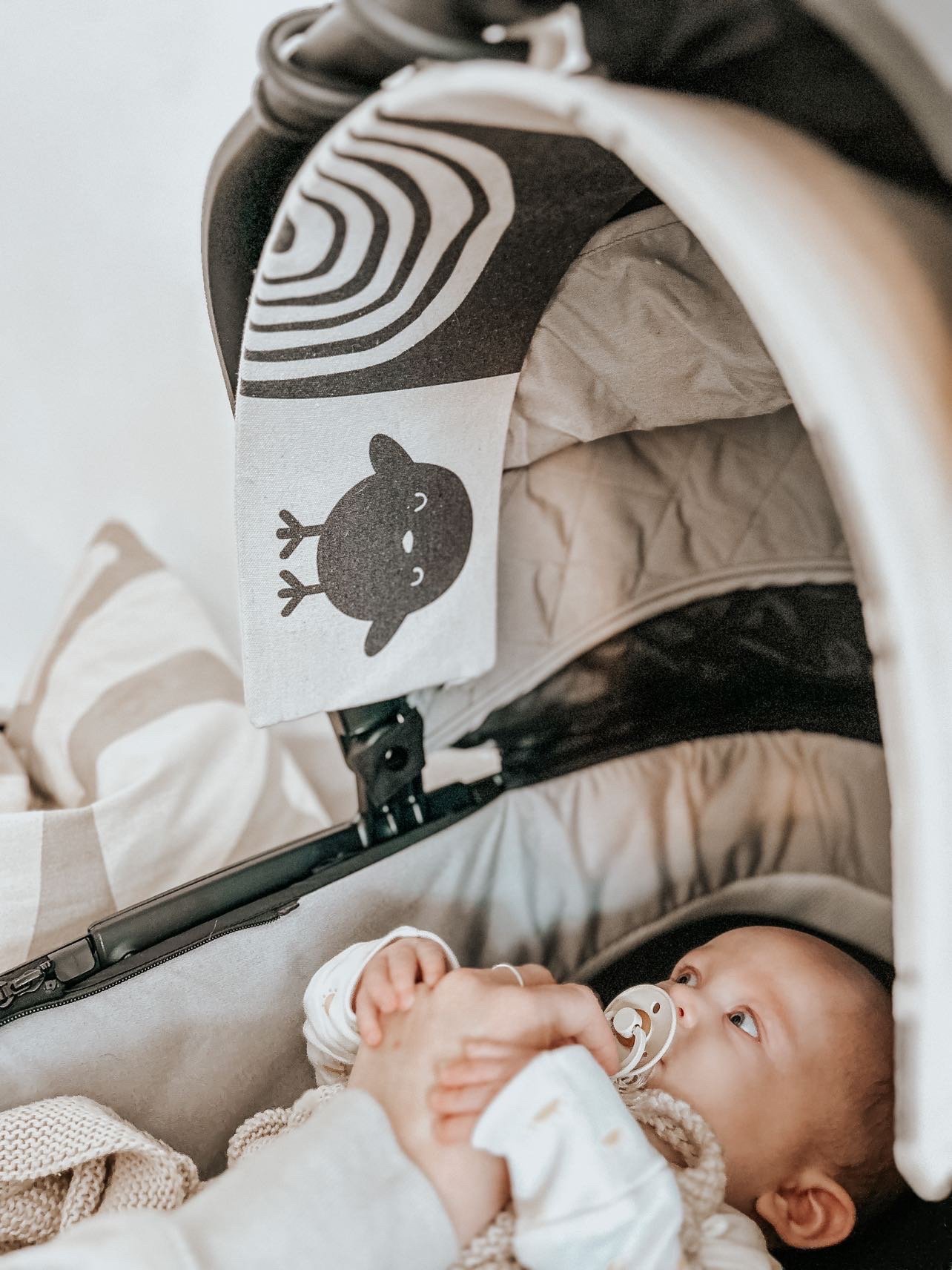How children learn colours
Learning about colours is an exciting part of early childhood development. Babies and infants learn colours through a variety of sensory experiences, including sight, touch, and sound. As they grow and develop, their ability to differentiate between colours increases, and they start to associate colours with objects, words, and emotions. In this article, we'll explore how babies and infants learn colours, the developmental benefits of colour recognition, and some tips for teaching colours to children of different ages.
How Do Babies and Infants Learn Colours?
Babies and infants are naturally curious beings and interested in exploring the world around them. They learn about colours through sensory experiences, such as looking at colourful toys, touching different textures, and listening to songs and stories that incorporate colours.
During the first few months of life, babies can see colours, but they have difficulty distinguishing between them. They tend to prefer high-contrast colours, such as black and white or red and yellow, because these colours are easier for their developing eyes to see. As their vision improves, they begin to differentiate between colours and can distinguish between shades of the same colour.
The Gallery: Black and white image gallery for newborns
Between 6 and 12 months of age, babies start to associate colours with objects and begin to learn the names of colours. They may also start to show preferences for certain colours, such as reaching for a red toy over a green one. As they approach their second year, they become more adept at identifying and naming colours, and they may start to understand the concept of colour mixing.
"The Role of Parental Input in the Development of Children’s Colour Language" by Katharina Rosa and colleagues published in the journal Child Development, investigates the role of parental input in the development of children's colour language and suggests that parental input plays a crucial role in this process. It suggests that parents can support their children's language development by using descriptive language and providing opportunities for colour exploration.
Developmental Benefits of Recognizing Colours
Learning about colours has many developmental benefits for babies and infants.
Franklin & Davies (2010) suggest that:
· Learning colour words involves the acquisition of a mental colour space that maps colour perception onto colour language
· Development of colour language is closely tied to the development of colour perception, and the two processes mutually influence each other
· Acquisition of colour language is influenced by factors such as linguistic input, cognitive development, and culture.
· The study of colour language can provide insights into the relationship between language and cognition more broadly
Language Development
Learning the names of colours helps babies and infants develop their vocabulary and language skills. As they learn to associate colours with objects and emotions, they can start to express themselves more effectively.
Cognitive Development
Learning about colours helps babies and infants develop their cognitive skills, including memory, attention, and problem-solving. They learn to categorize objects based on colour and can start to understand the relationship between colours and their surroundings.
Emotional Development
Colours can have a powerful impact on emotions. As babies and infants learn about different colours, they can start to associate them with different moods and feelings. For example, they may learn that red is associated with excitement or anger, while blue is associated with calmness or sadness.
How to Teach Colours Based on Age
The use of movement and games to teach colour recognition to preschool children has been explored and research shows that games and activities that involved movement and sensory experiences were more effective in promoting colour recognition than passive instruction.
Teaching colours to babies and infants can be a fun and engaging activity. Here are some tricks for teaching colours to children of different ages:
Colour Sorting: Collect a variety of toys or objects in different colours and place them on a mat. Encourage your child to sort the toys by colour, naming the colours as they go. You can make it a fun game by cheering them on and praising them for their efforts.
Colour Hunt: Hide toys or objects of different colours around the room or house and encourage your child to find them. As they find each object, name the colour together.
Colour Mixing: Fill several clear containers with water and add food colouring to each one to make different colours. Let your child explore mixing the colours together to see what new colours they can create. You can also provide them with paint and encourage them to mix the colours together to create new ones.
(2 Years Old) By this age, children can identify and name many colours. You can start to teach them about colour mixing, such as combining blue and yellow to make green.
In conclusion, learning about colours is an important part of early childhood development. Babies and infants learn about colours through sensory experiences, and as they grow, they begin to associate colours with objects, words, and emotions. By following age-appropriate teaching methods, parents and caregivers can help children learn about colours in a fun and engaging way.



